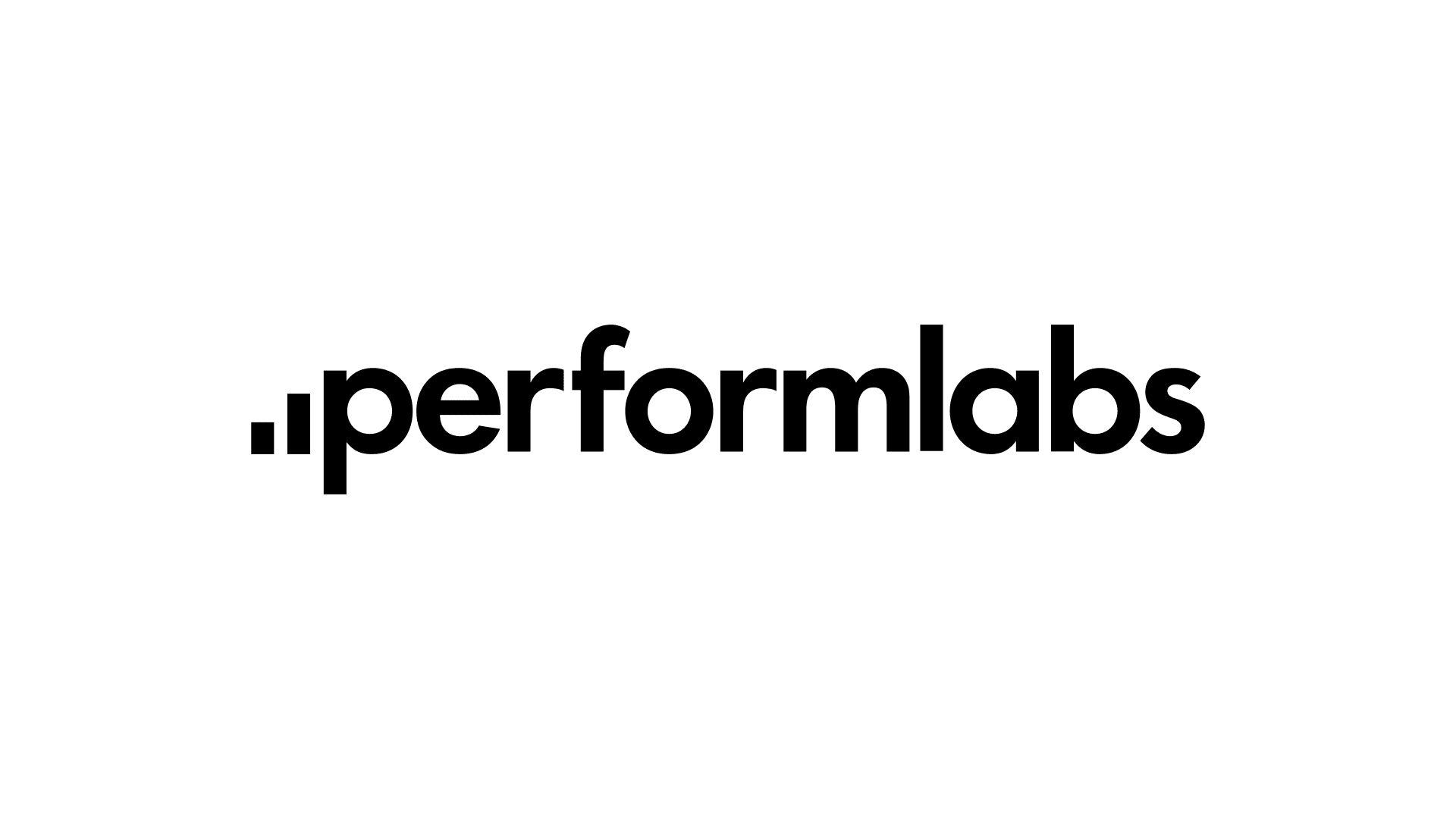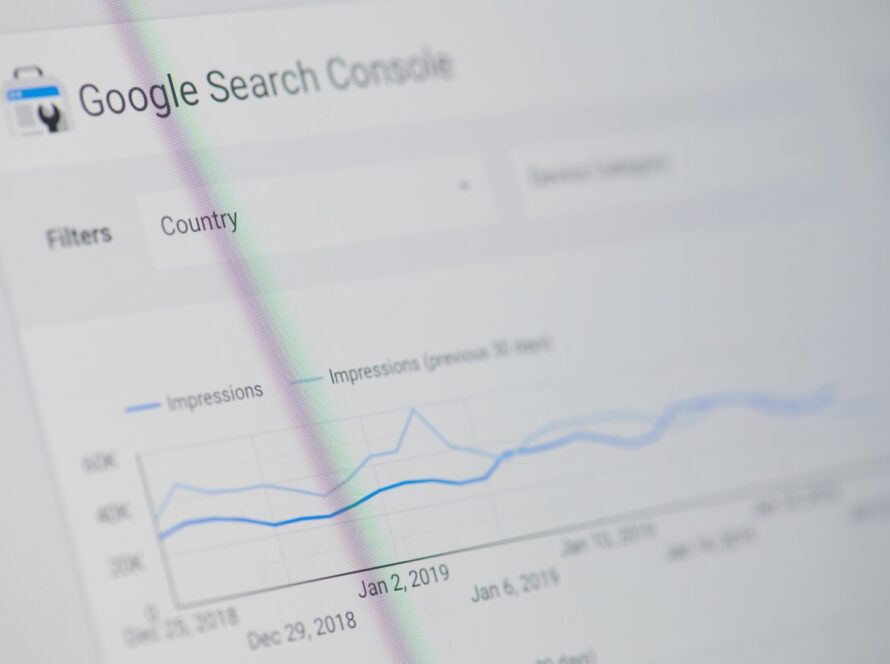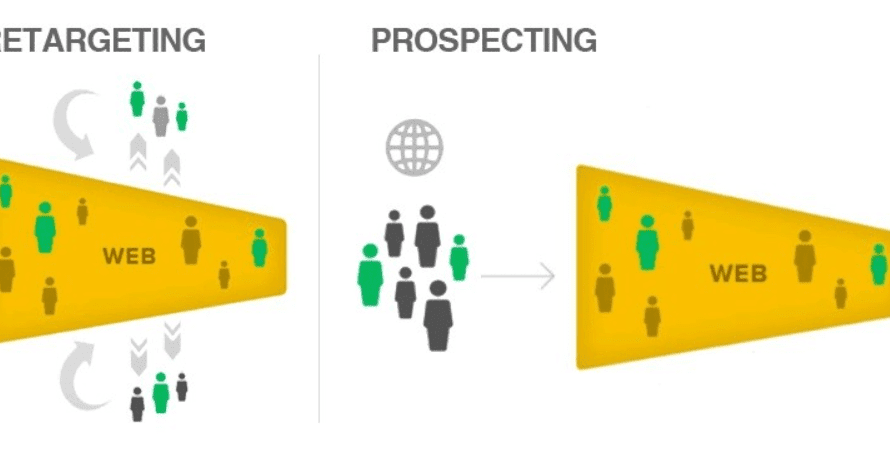Providing clients with a positive online buying experience is crucial when operating an online store. This blog examines tried-and-true techniques for improving your online store’s user interface to give customers a simple and pleasurable shopping experience.
The expectations of customers now are higher than they have ever been. A wide range of options and a growing emphasis on client satisfaction characterize the e-commerce sector. If you haven’t been working hard to make the user experience better, they will probably go somewhere else where they can purchase with greater enjoyment. Customers will still pick you, though, if you provide something that is only accessible on your platform or if your rates are unbeatable. A speedy checkout procedure, user experience, payment methods, shipping, and pricing are all becoming more important considerations in online transactions.
Performance and Speed: What Should I Do?
One important place to start is with loading speed. Websites that load slowly run the risk of losing visitors. A sluggish website is inconvenient for the client. From an SEO standpoint, Google takes into account loading speed as a major aspect. A website that loads slowly tells Google that it is not user-friendly, which can result in fines and worse organic search results. To assess the speed of your shop, use resources like Webpagetest and Google Page Speed.

Observe these tips to make sure your website loads quickly and performs well:
- Select Reliable Hosting: For e-commerce websites, hosting is an important decision. When choosing your hosting provider, get professional advice and keep future market expansion in mind.
- Reduce the Size of photos and Videos: :

HTTP Archive data indicates that photos make up 21% of a website’s overall “weight,” and videos make up a substantial 60%

You can read more about web formats here: Best Image Format for the Web
- Use tools such as Cache Checker to find out whether Google has indexed your website. It’s critical to know whether your e-commerce website is indexed. Your DNS (Domain Name System) takes 24 to 72 hours to change, as site developers and SEO managers are aware. Every user will be sent to the nearest cached website in Google’s database during this time. Your website won’t be accessed during outages if it isn’t cached.
- To reduce the time it takes for consumers to view your online pages, employ a content delivery network (CDN). Depending on the region and browser being utilized, loading times might change. Think about your location, device kind, and internet speed. There is a premium edition of Dotcom-Monitor that provides a way to evaluate page performance concurrently from 25 different places.
- Disable any plugins that are not in use and cut down on HTTP requests.
- The coding on your website should be cleaned up and everything not essential removed.
Efficiency and Speed: What Not to Do?
Steer clear of packing sites with tons of big photos, videos, and video formats. Use caution while utilizing “heavy” scripts and plugins in excess. In our area, mobile design is frequently neglected, so even with recent advancements, it still needs particular attention.
Optimizing for Mobile
It’s important to optimize your website for mobile formats because more and more purchases are being done from mobile devices due to the trend of investigating offerings.

The following rules apply to mobile optimization:
- Take advantage of a layout that adapts to the user’s device and is responsive.
- Reduce the size of videos and graphics to expedite the loading of pages.
- Make sure that even on smaller displays, the fonts are readable and big.
- Make sure that your website is mobile-friendly.
- Make your payment processes and forms mobile-friendly.
What Not to Do with Mobile Optimization?
- Making it challenging for mobile users to close pop-ups.
- Using illegible font sizes on mobile devices.
- The purchase procedure is not being modified for mobile formats.
Essential Features of a Shopping Cart
On the cart page, customer transactions come to an end. It is essential to align this page for maximum conversion rates and client happiness while making a payment. Here are some ideas to improve the effectiveness of your checkout page:
- The name of the item, size, color, number available, shipment date, and anticipated delivery date should all be listed.
- Make it simple to get back to the shopping basket.
- Make it easier to change product quantities or take things out of the basket. It should be possible for users to remove goods by clicking the “Remove” button or by setting the amount to zero.
- Show the product photo in the selected hue. If a consumer requests a black jacket and receives a blue one, trust is damaged.
- Permit clients to proceed with their purchasing while displaying the “Proceed to Payment” option prominently.
- Show the total, all-inclusive pricing.
Images for Product Display Pages (PDP)
In e-commerce settings, images on product display pages are extremely important, and their influence is amplified in certain areas such as fashion or home décor.

These pointers can help you make your product pages’ photos better:
- Large, high-resolution images on a white backdrop are ideal; gray may be used for fashion, but they should be cropped so that their size doesn’t overtake the page.
- Permit users to enlarge photos.
- Offer alternatives for navigating through the images.
- Make it obvious that there are several zoomable photos available.
Layering Content on Product Pages
The performance of your e-commerce site is strongly impacted by the quality of content on your product page. It helps prospective buyers to decide by educating them. Here are some pointers:
- Put an easily understood product description at the top of the page or next to the picture.
- Establish a distinct “action space” where clients may choose what they want. For instance, you may encircle the item you’ve chosen in black when it comes to the product page’s option to choose between other colors or comparable models.
- The top action bar’s accessible menu items are highlighted.
- Make sure there are breadcrumbs on product pages.
- Add product details, reviews, statistics, and comparable information beneath the call to action and image.
PLP – Product Listing Pages
Products are listed on websites where customers may choose and place orders. It’s critical to customize this page so that you can find offerings that complement each other and quickly respond to their inquiries.

The following ideas can help to improve the usability of your product listing pages:
- Show the number of pages that were skipped both before and after the product list. Customers must be able to quickly locate what they’re searching for, and displaying the number of pages they’ve skipped helps them comprehend the entire range of items that aren’t on display.
- Permit consumers to narrow down goods based on price. One of the most important factors while buying online is price, which enables customers to choose goods that meet their budget.
- Provide a pagination option that allows users to skip straight to a certain page. For product listing pages, pagination is crucial since it makes it simple for users to switch between product pages.
- Consumers anticipate quick, user-friendly product listing sites that make it simple to search for products. Use visual components to improve the user experience, such as pictures, videos, and other interactive materials that give a better idea of the product.
- Search engine visibility will be increased with the aid of SEO optimization for the product listing page. Take into account incorporating keywords into the picture alt tags, meta description, title, and other page components.
- Test and improve the pages that list products. When building product listing pages, testing and optimization are essential steps. Examine several page iterations and how users react to them. Keep an eye on indicators like average time on page, click-through rate, and conversion rate. You may tweak your page and boost performance with the help of this data.
Think beyond the box! Your product listing pages’ performance may depend greatly on your creative abilities. Think about creative approaches to product presentation, such as AI or animations. Additionally, take into account the use of tailored product suggestions, which may boost sales and client counts.
SEO Content – What’s Necessary?
Search engine optimization is a must if you want to grow your website’s audience and revenue. The following fundamental SEO content optimization techniques should be used:
-
Put the page title—the most crucial and straightforward keyword—in the H1 element.
-
Increase the number of pertinent keywords in the summary.
-
Put all product notes that are required at the bottom of the page.
-
Use breadcrumbs to improve user experience and distribute PageRank to your category sites.
-
Show the costs and possible improvements.
-
Provide a product description if there’s an “Add to Cart” button.
Navigation’s Role in User Experience
Another crucial element of the user experience is navigation. It facilitates customers’ easy navigation of the material and helps them locate what they need when they visit your store. When the menu is simple to navigate, customers are more inclined to look into additional goods that fit the same needs.

Think about the following:
- Make your menu simple to navigate and comprehend. Give clients access to a search box so they may use keywords to find goods.
- Use breadcrumb navigation to make it easier for visitors to navigate your website and go back to previous pages.
- For showcasing similar items and other categories, a dropdown menu might be helpful.
- Make sure your navigation labels and maybe some of your symbols are written in plain language so that users can quickly and easily locate what they’re looking for.
- The navigation menu needs to have a lot of white space and very little text.
- When explaining subcategories, try to keep your description brief yet thorough.
- To correctly represent the key categories, use visual aids.
- Use words solely for less common categories.
- Make sure there is a parent category for your dropdown or mega menu.
Even a small amount of attention to these recommendations will help your e-commerce site become more user-friendly and provide your customers with a better online purchasing experience. Try to always see yourself in the position of the consumer. Examine contradictions and ambiguities, speak with friends, and you’ll discover that you arrive at a wealth of insightful comments.
To keep drawing in customers and making money, it’s critical to continuously assess and enhance your online business.




